- Rufen Sie uns an
86-0755-33182768 - Schicken Sie uns eine E-Mail
sales@precisionchina.com - Skype online
hawkwang_007
3D Drucken vs. CNC-Bearbeitung
Mai 31, 2024
3Der D-Druck ist eine schnell wachsende Technologie mit vielen Vorteilen gegenüber herkömmlichen Herstellungsmethoden. Es hat jedoch seine Probleme, einschließlich, dass der 3D-Druck nicht effektiv für die Massenproduktion eingesetzt werden kann, und ist in Geschwindigkeit und Zugänglichkeit begrenzt. Eine weitere Fertigungstechnik für die Low-to-Mid-Produktion ist die CNC-Bearbeitung (computergestützte numerische Steuerung), eine ziemlich verbreitete subtraktive Technik für die Teileerstellung. Wir haben uns entschlossen, die Vor- und Nachteile jeder Methode zu vergleichen, um festzustellen, wo diese Technologien am besten geeignet sind.
Subtraktive vs additive Herstellung
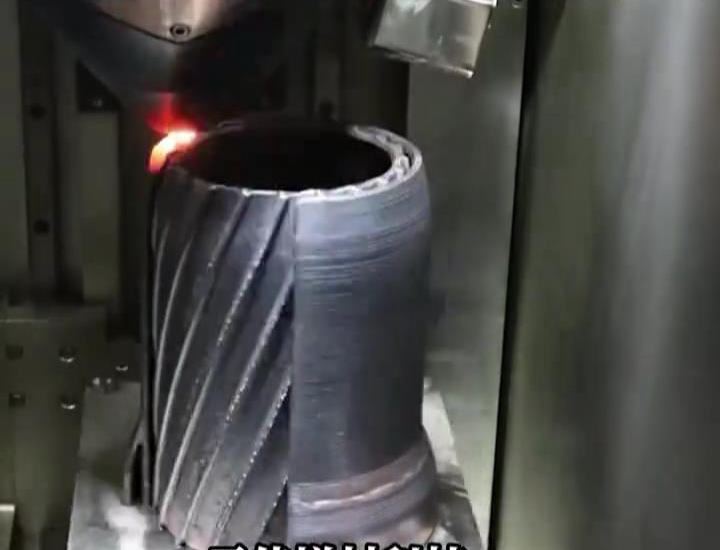
Der Hauptunterschied zwischen 3D -Druck und CNC -Bearbeitung besteht darin, dass der 3D -Druck eine Form der additiven Herstellung ist, Während die CNC -Bearbeitung subtraktiv ist. Dies bedeutet, dass die CNC -Bearbeitung mit einem Materialblock beginnt (einen Leerzeichen genannt) und schneidet Material weg, um den fertigen Teil zu erstellen. Um das zu tun, Cutter und Spinnwerkzeuge werden verwendet, um das Stück zu formen. Einige Vorteile der CNC -Bearbeitung umfassen eine große dimensionale Genauigkeit sowie viele kompatible Materialien, einschließlich Holz, CNC-Teile, und, Kunststoffe.
3D-Druck, oder additive Fertigung, beinhaltet Teile, die schichtweise unter Verwendung von Materialien wie Kunststofffilamenten erstellt werden (FDM), Harze (SLA/DLP), und Plastik- oder Metallpulver (SLS/DMLS/SLM). Verwenden einer Energiequelle wie einem Laser oder einem erhitzten Extruder, Die Schichten dieser Materialien werden festgenommen, um den fertigen Teil zu bilden. Die Vorteile des 3D -Drucks umfassen seine Formfreiheit, Anwendungen in vielen Sektoren, Genauigkeit, Geschwindigkeit, und Fähigkeit, Kosten und Gewicht in Teilen zu senken.
Es gibt jedoch mehrere Maschinen, die versucht haben, diese beiden Herstellungsformen in einem zu kombinieren. Am bemerkenswertesten von diesen, Der Zmorph 2.0 SX, wird als CNC -Mühle vermarktet, die auch als 3D -Drucker fungiert. Dies beinhaltet eine CNC -Mühle mit 3 Achsen sowie ein Druckkopf aufgrund seiner austauschbaren Köpfe. Darüber hinaus, Mehrere Unternehmen haben kürzlich erfolgreiche Kickstarter -Kampagnen mit diesen kombinierten Maschinen abgeschlossen, wie den 3-in-1-3D-Drucker von Mooz.
Materialien
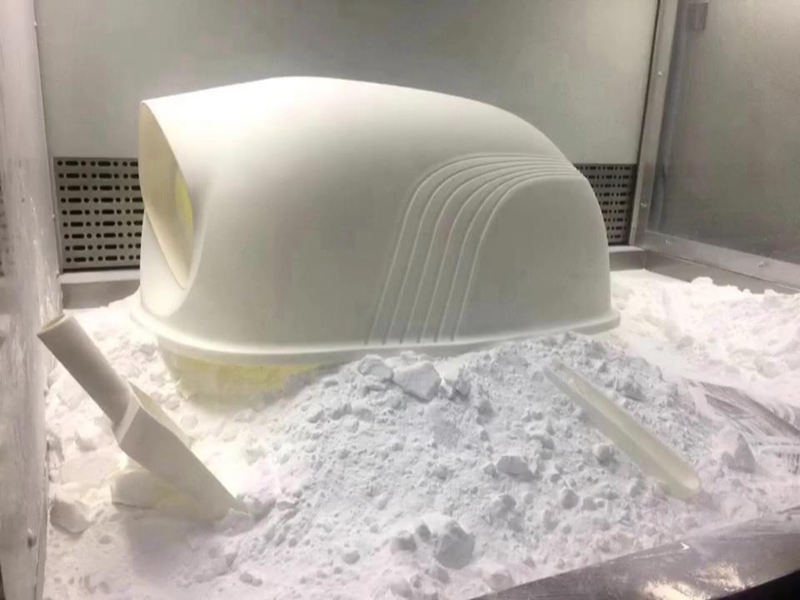
Sowohl 3D -Druck- als auch CNC -Bearbeitung sind mit einer Vielzahl von Materialien kompatibel, einschließlich Kunststoffen und Metallen. 3D -Druck konzentriert sich jedoch insgesamt mehr auf Kunststoffe, Dies ändert sich zwar schnell, da Hersteller wie 3D -Systeme bessere und erschwinglichere Wege für 3D -Druckmetall entwickelt werden, Arche, Desktop -Metall, und markfordged.
Zu den am häufigsten verwendeten Kunststoffen, die in CNC verwendet werden, Nylon (PA66), Polycarbonat (PC), Acryl (PMMA), Polypropylen (PP), POM, und schauen. Ein sehr häufig verwendetes Metall in der CNC -Bearbeitung ist Aluminium, Wird von Prototyping-Unternehmen verwendet, um hochwertige Prototypen in einer Vielzahl von Branchen zu schaffen. Aluminium ist recycelbar, Hat gute Schutzqualitäten, und kann effektive Prototypen für die Bearbeitung erzeugen. Andere häufig verwendete Metalle sind Edelstahl, Magnesiumlegierung, Zinklegierung Titan, und Messing.
Aluminium ist aufgrund seiner guten mechanischen Eigenschaften ein häufig verwendetes Metall mit CNC.
Im 3D -Druck, Zu den häufig verwendeten Thermoplastik gehören ABS, PLA, Nylon, und Ultem, aber auch Fotolymere wie Wachs, kalkinierbare oder biokompatible Harze. Einige Nischen -3D -Drucker ermöglichen auch den Druck von Teilen in Sand, Keramik, und sogar lebende Materialien. Zu den häufigsten Metallen, die im 3D -Druck verwendet werden, rostfreier Stahl, Titan, und Inconel. Es ist auch erwähnenswert, dass auf 3D -Druckmetall, teuer ($100,000+) Industriemaschinen sind erforderlich. Einige Materialien wie Superalloys oder TPU (flexibles Material) kann nicht mit CNC erstellt werden, Also muss mit 3D -Druck oder schneller Werkzeugtechnologie verwendet werden.
Einige Kunststoffe können 3D -gedruckt und CNC gemahlen werden.
Benutzerfreundlichkeit
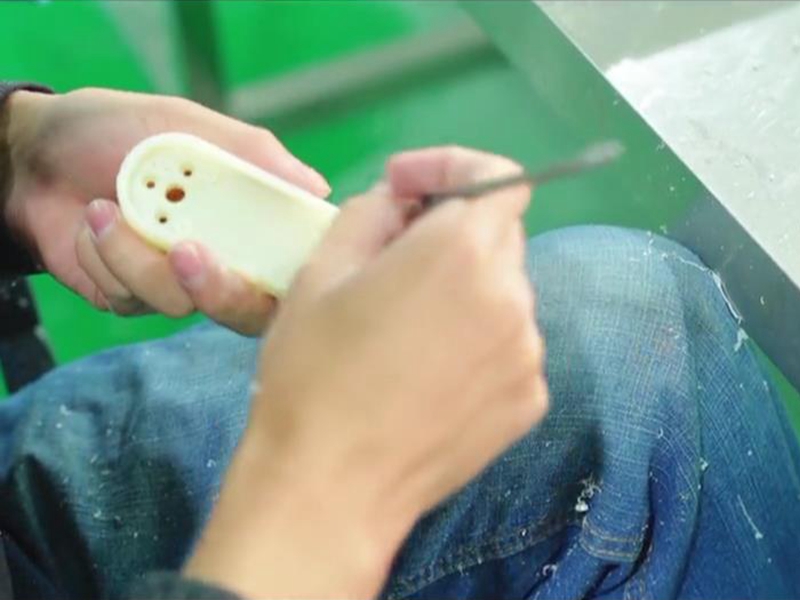
3D Druck ist bekannt als einfacher als die CNC -Bearbeitung. Dies liegt daran, dass sobald die Datei vorbereitet ist, Sie müssen nur die Teilorientierung auswählen, füllen Sie es, und unterstützen Sie es bei Bedarf. Dann hat der Druck begonnen, Es ist kein Vorgesetzter erforderlich und der Drucker kann bis zum Abschluss des Teils belassen werden. Nachbearbeitungsanforderungen hängen von der Technologie ab.
jedoch, Die CNC-Bearbeitung ist ein weitaus arbeitsintensiverer Prozess. Ein erfahrener Bediener muss zwischen verschiedenen Tools auswählen, Drehgeschwindigkeiten von Werkzeugen, der Schneidweg, und jede Neupositionierung des Materials, aus dem das Teil geschaffen wird. Es gibt auch Nachbearbeitungstechniken, die mehr Zeit erfordern können.
CNC benötigt einen Bediener, während der 3D -Druck beim Drucken allein gelassen werden kann.
Genauigkeit, Size Limitations & Geometric Complexity
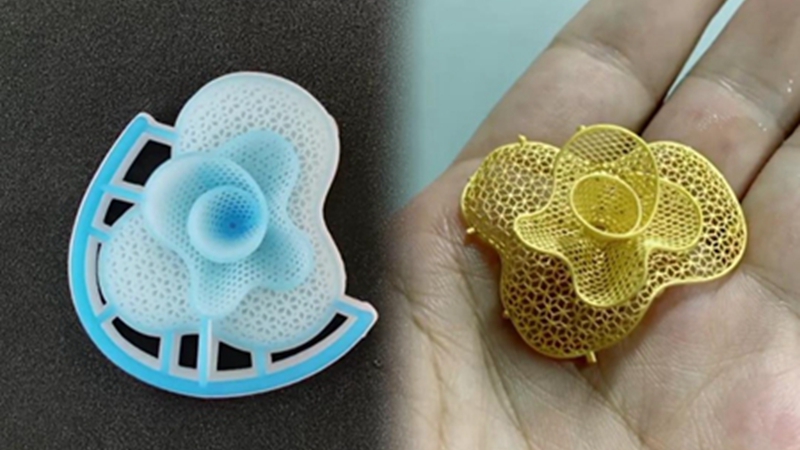
Obwohl es mehrere 3D -Drucktechnologien gibt, Wir haben beschlossen, die CNC -Bearbeitung mit SLS zu vergleichen, industriell (Nicht Desktop) FDM, und DMLS -Metall -3D -Druck. In Bezug auf Toleranz, Die CNC -Bearbeitung ist allen 3D -Druckprozessen überlegen, Sogar DMLs. jedoch, mit minimalen Schichtdicken, Die Überlegenheit ist nicht so tief und nicht so präzise wie DMLs.
Pulverbettfusion 3D -Druckprozesse wie SLS und DMLs sind in ihrem Bauvolumen begrenzt, jedoch. Auch Technologien mit größeren Build -Volumina wie FDM können in Bezug auf eine maximale Größe von Teilen nicht mit CNC konkurrieren.
3D Druck ist bekannt für seine Vorteile bei der Erstellung von Teilen mit hoher geometrischer Komplexität. Für einige Technologien sind jedoch Unterstützung erforderlich, 3D -Druck kann Teile mit Geometrien erstellen, die keine herkömmliche Fertigungsmethode replizieren kann. Technologien wie SLS und Multi -Jet -Fusion durch HP können dies sogar ohne Unterstützungsstrukturen tun.
Kosten
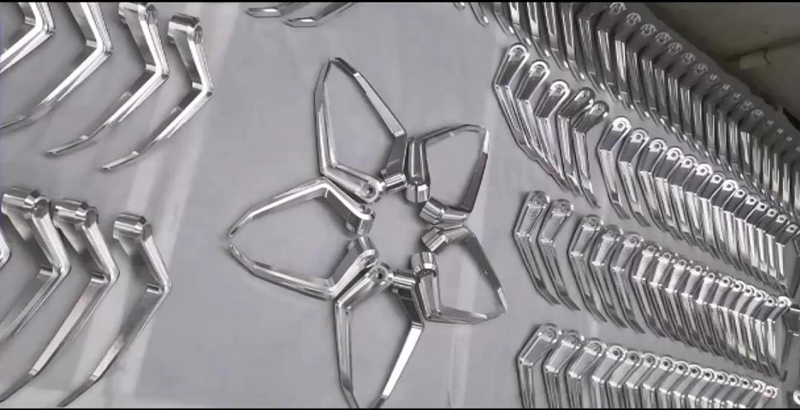
Obwohl im Durchschnitt 3D -Druck billiger ist, Die Kosten hängen davon ab, wie viele Teile erforderlich sind und wie schnell Sie sie benötigen. Für größere Mengen (Höhere zweistellige Ziffern bis 100er Jahre) CNC ist wahrscheinlich angemessener. Für niedrige Bände, 3D Druck ist angemessener und niedrigere Kosten. 3D Druck ist auch angemessener, wenn Sie Ihre Prototypen oder Teile sehr schnell benötigen. Es gibt jedoch zusätzliche Faktoren, die den Vergleich der beiden Technologien erschweren. Dazu gehören Materialien, die sich in Bezug auf die Kosten unterscheiden (Von billigen Materialien wie ABS bis hin zu Materialien, die 500 US -Dollar pro kg kosten können wie Peek), und Reparatur und Wechsel von Maschinen (wie CNC -Köpfe).
Umweltfreundlich
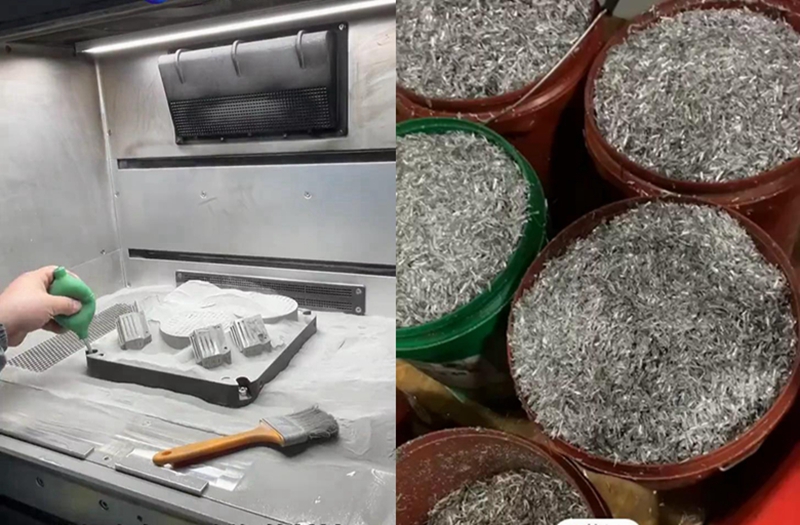
Da CNC das Material von einem Originalblock wegschneidet, Danach wird es immer ein Chaos geben. Diese Materialstücke müssen anschließend gereinigt und entsorgt werden, Dies ist nicht vom 3D -Druck erforderlich. Da die additive Fertigungsherstellung ein Objekt auf der Build -Plattform von Material in die Maschine bildet, Es gibt kein Chaos außer Unterstützung (wenn verwendet). Dies macht 3D -Drucken umso ethischer für die beiden Methoden, da weniger ungenutzte Abfälle vorhanden sind.
Abschluss
Insgesamt zu dem Schluss, Es gibt kein perfektes, Einheitstechnik. Obwohl beide Methoden sehr kompetente und nützliche Technologien sind, Der am besten geeignete hängt vom Material ab, Geometrische Komplexität, Herstellungsvolumen, und Budget. Um herauszufinden, welches für Ihren speziellen Job am besten geeignet ist, Wir empfehlen Ihnen, sich an einen lokalen oder internationalen Dienst zu wenden und um ihren Rat zu bitten. Wenn Sie versuchen, interne herzustellen, Denken Sie über die Ihnen zur Verfügung stehenden Maschinen nach und entscheiden Sie, ob es für den vorliegenden Job geeignet ist.





